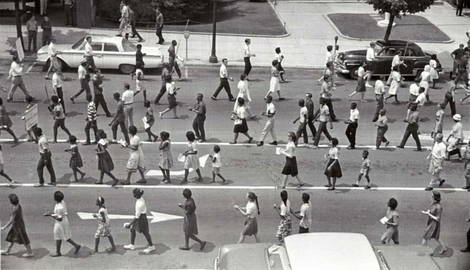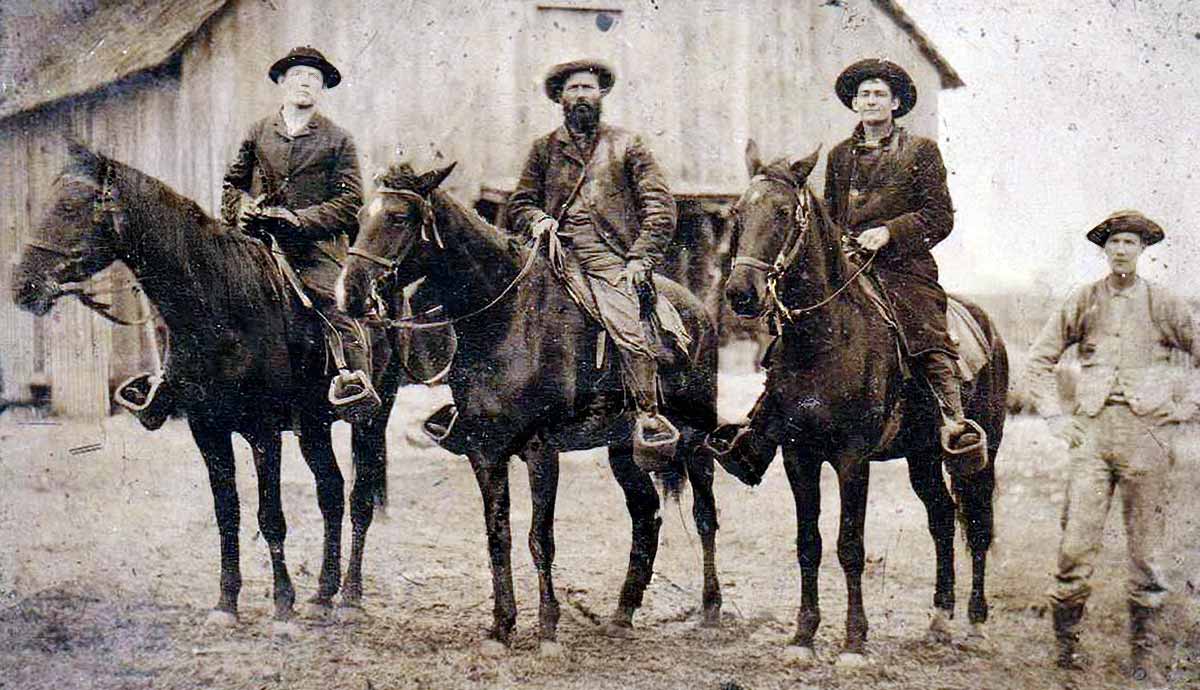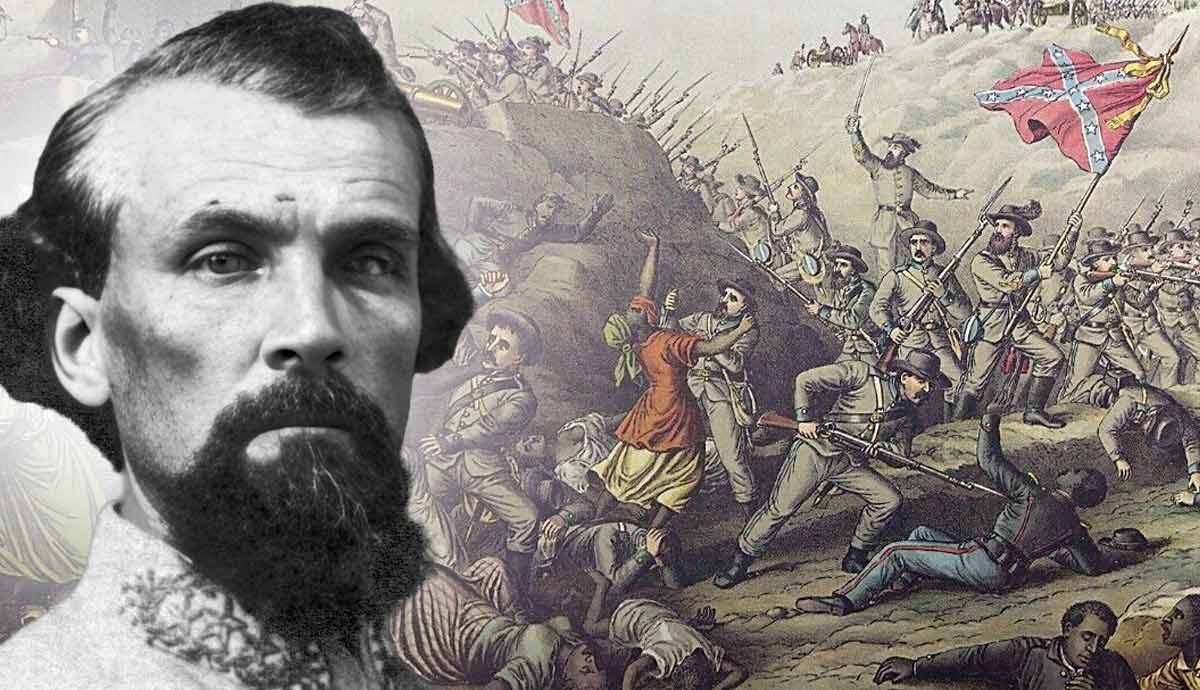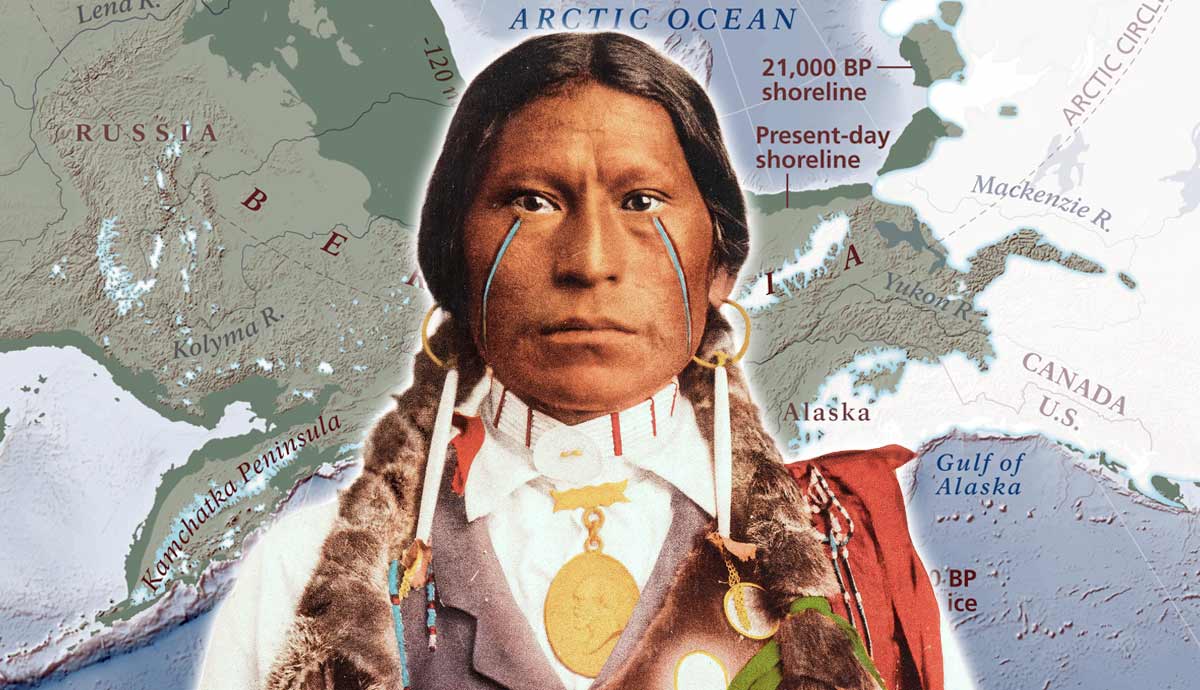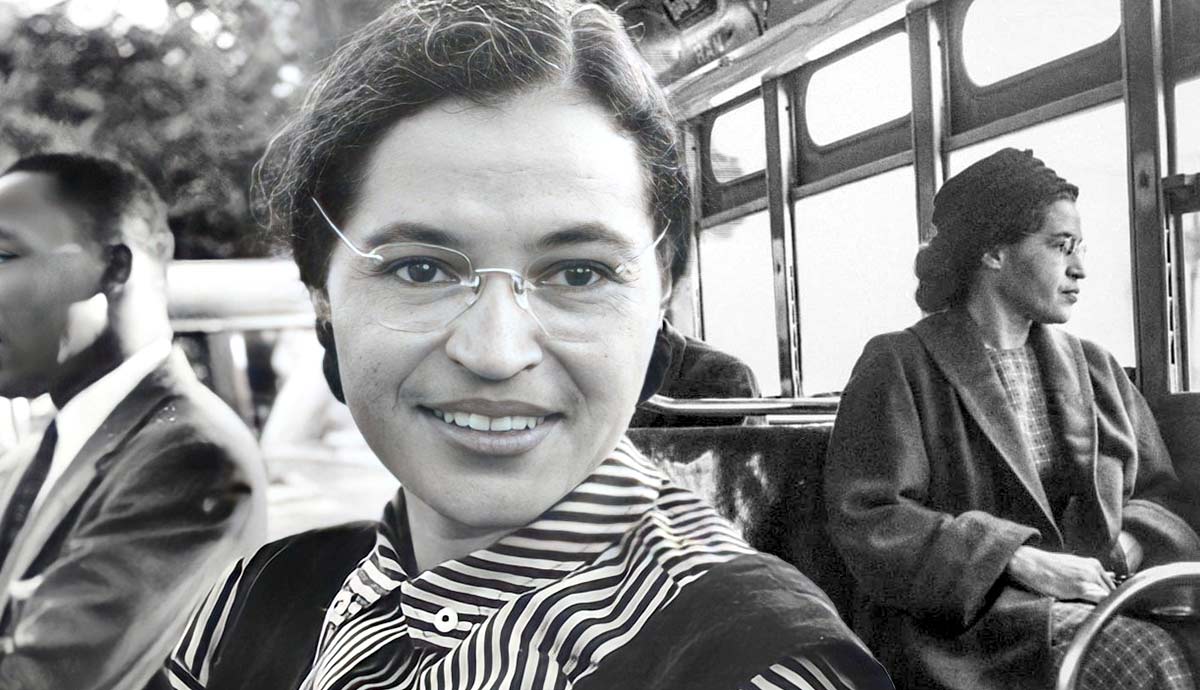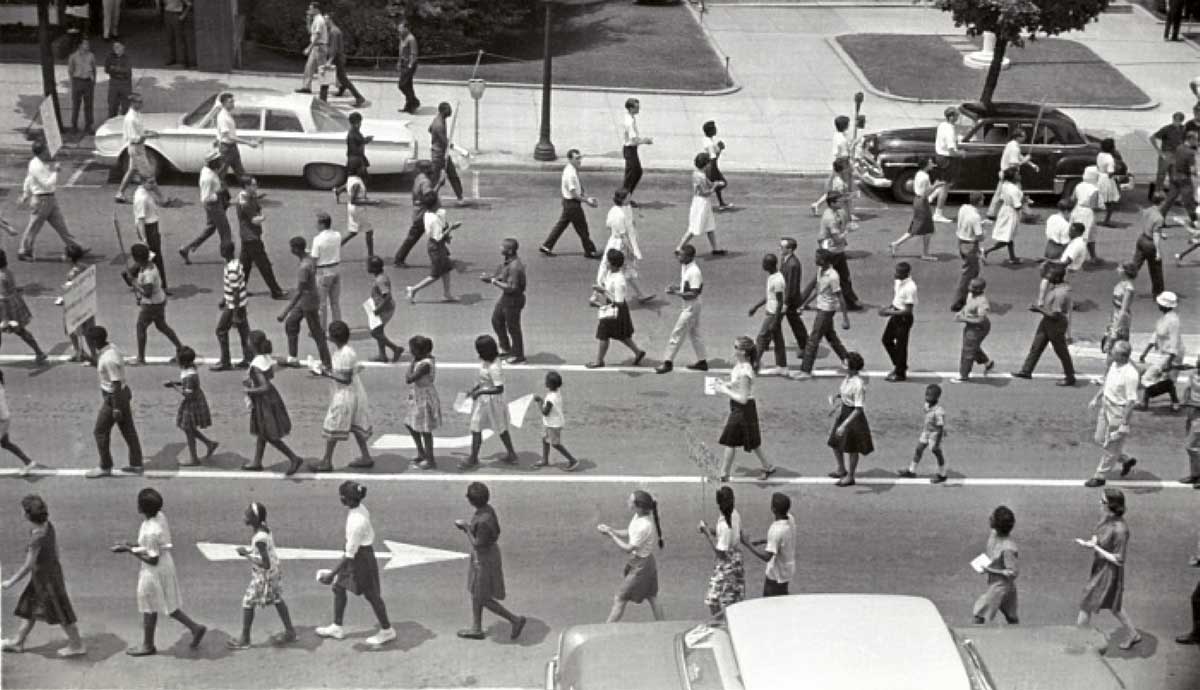
The foundation of the Civil Rights Movement was built by civil rights leaders, organizations, and activists who led hard-fought battles to pressure the state and federal governments to pass civil rights laws. The following civil rights protests brought people of the nation together to tackle the core issues of the civil rights agenda.
1. The Role of the Montgomery Bus Boycott in the Civil Rights Movement

The Montgomery Bus Boycott was a series of protests in Alabama between 1955 and 1956 that targeted segregation on public buses, a result of the Jim Crow Laws introduced in the Southern States and the end of the Reconstruction.
The Women’s Political Council (WPC) met with the Mayor of Montgomery to request changes to the bus system regarding segregation. Some WPC requests included allowing Black individuals to enter the front of the bus instead of the rear and sit when empty seats were available instead of standing. The requests were ignored, and plans for a city-wide bus boycott began to appear.
It was Rosa Parks’ arrest after refusing to give up her seat on a bus in December 1955 that sparked the Montgomery Bus Boycott. Claudette Colvin and Mary Louise had done the same a year prior but didn’t receive nearly as much attention. On December 5, 1954, the buses in Montgomery were nearly empty due to the city-wide boycott.
Black ministers and leaders formed the Montgomery Improvement Association (MIA) to organize and continue the bus boycotts. Under Martin Luther King Jr.’s leadership, the MIA created a list of demands for changes to the bus system. Once again, the demands were ignored. As the boycott continued, national media outlets began to cover the protests. The boycott was one of the forces that led to the US Supreme Court Browder v. Gayle 1956 ruling, which deemed segregation on public buses unconstitutional.
2. The Sit-in Campaign in the Civil Rights Movement

Beginning in early 1960, the sit-ins campaign was charged by student activists practicing nonviolent protest strategies to demand an end to racial segregation. The first sit-in took place in Greensboro, North Carolina, on February 1, 1960. Four Black students sat down at a whites-only lunch counter at Woolworth’s, which launched the campaign.
Three days after the first sit-in, the students created the Student Executive Committee for Justice to organize the protests. The sit-ins quickly began to gain the attention of local media outlets in Greensboro. As February came to an end, the sit-in campaign had spread to several other states. Two months later, more than 50,000 students had participated in the civil rights protest.
In mid-April, the leaders of the sit-in campaign held a meeting, which led to the founding of the Student Nonviolent Coordinating Committee (SNCC). The SNCC would soon become one of the most prominent civil rights organizations in the Civil Rights Movement. The sit-ins were a significant civil rights protest campaign that encouraged young activists to become more involved and assume leadership roles in the movement.
3. How the Freedom Rides Protests of 1961 Shaped the Civil Rights Movement

The Freedom Rides was a nonviolent civil rights protest organized to challenge the segregation of interstate travel facilities and buses. The Congress of Racial Equality (CORE) was responsible for recruiting volunteers and organizing the Freedom Rides. The Freedom Riders started their journey from Washington DC, on May 4, 1961. The goal was to travel through the southern states and reach New Orleans, Louisiana, for a rally to celebrate.
The most dangerous moment of the Freedom Rides came when the protestors reached the Deep South. Once they arrived at the bus station in Anniston, Alabama, one of the buses was attacked. The other managed to make it to Birmingham, Alabama, where the passengers were also met by hundreds of violent segregationists.
The violent attacks prevented the Riders from being able to complete the Freedom Rides to New Orleans. However, student activists from Nashville, Tennessee, and surrounding areas kept track of the Riders’ journey. They decided to continue the Freedom Rides for those unable to finish the trip. Hundreds of activists across the nation joined the protest as well.
The federal government’s lack of protection for the Riders was an embarrassment for the Kennedy Administration. The goals of the Freedom Riders were eventually accomplished several months later, in November 1961. The Interstate Commerce Commission (ICC) officially banned segregation of all interstate travel facilities within their jurisdiction.
4. Albany Movement

Just as the Freedom Rides gained a huge victory for the Civil Rights Movement, another protest was beginning in Albany, Georgia. Members of the SNCC, Charles Sherrod and Cordell Reagon, traveled to Albany to teach students in the area about nonviolent strategies and encourage voter registration.
The goal of the Albany Movement was simple but also much broader than that of other protests that concentrated on one institution at a time. Many successful civil rights protests had a single or more narrow focus. In Albany, the goal was to desegregate the entire city and stop racial discrimination.
Several civil rights organizations formed a coalition in November 1961 to organize the campaign. Marches, boycotts, and sit-ins ensued across the city. The Albany Movement ended the following summer in 1962 and has been described as unsuccessful. The movement had a very broad goal, and combating segregation in the Deep South was a long battle. However, the Albany Movement did give insight to civil rights activists and leaders that helped develop new strategies for future campaigns.
5. The 1963 March On Washington For Jobs and Freedom

The March on Washington for Jobs and Freedom was a mass civil rights protest that took place on August 28, 1963, in Washington DC. Over 200,000 demonstrators joined together at the National Mall, and the protest was considered a huge success. A. Philip Randolph was the director of the march. Civil rights leader Bayard Rustin was its main organizer and recruited more than 200 staff to help organize and publicize the event.
The goals of the march were straightforward and tackled some core civil rights issues that were previously ignored in other protests. Some of the protest’s demands included the desegregation of all public schools by the end of 1963, a federal works program to aid unemployed workers, laws to prevent employment discrimination, protection of voters’ rights, and a bill to end segregation in all public facilities.
The amount of support the March on Washington received was outstanding. Martin Luther King Jr. inspired the crowd at the Lincoln Memorial with his iconic speech “I Have a Dream,” in which he famously envisioned a society in which his children would “not be judged by the color of their skin but by the content of their character.”
As the march came to an end, civil rights leaders joined President Kennedy and Vice President Lyndon B. Johnson at the White House to discuss support for civil rights legislation. In the next two years, some of the demands of the march were met through the passing of the Civil Rights Act of 1964 and the Voting Rights Act of 1965.
6. March From Selma to Montgomery

The March from Selma to Montgomery was a civil rights protest in Alabama that aimed to secure African Americans’ right to vote. African Americans faced voter registration issues in the Deep South due to Jim Crow laws despite passing the Civil Rights Act of 1964. The SCLC joined together with the SNCC and Dallas County Voters League in January 1965 to organize a march in Selma.
Selma was chosen as the location because police brutality was especially present in Alabama, which would attract the attention of national media outlets. The date for the official march was set to March 7, 1965. However, when demonstrators attempted the march, they were battered by Alabama police officers. Two days later, Martin Luther King Jr. came to Selma and led more than 2,000 marchers to the Edmund Pettus Bridge, where he halted the trip. He was awaiting a federal court order from President Johnson, who requested the demonstration be delayed so protective measures could be made for the marchers.
On March 21, 1965, demonstrators left Selma with the protection of federal agents and the Alabama National Guard. By the time they reached Montgomery, more than 20,000 demonstrators had joined. The Voting Rights Act of 1965 was signed into law five months later in August.
7. Chicago Freedom Movement

The Chicago Freedom Movement (also referred to as the Chicago Campaign) was initiated to protest de facto segregation. Its aim was to ensure that African Americans would have equal housing opportunities. Civil rights organizations and activists decided to focus on northern cities and states that were still suffering at the hands of racial discrimination.
Many African American families were in poverty due to contract selling. This discriminatory practice required African Americans to have all the responsibilities of a homeowner but did not allow them to own their home until the mortgage was fully paid. As it was difficult for African Americans to be approved for a mortgage or buy a house, contract selling was often their only option, leading them to amass large amounts of debt.
The Chicago Freedom Movement involved several nonviolent demonstrations that lasted from the summer of 1965 to early 1967. The campaign resulted in an agreement that the Chicago Housing Authority would build more public housing. Mortgages were also promised to be made available to everyone regardless of race through an agreement with the Mortgage Bank Association. The campaign was one of the key events that led to the creation of the Fair Housing Act established in 1968.
The Grand Impact of Civil Rights Protests

Several civil rights protests throughout the Civil Rights Movement had a significant impact on policy-making and legislation. Many of the campaigns were created on the foundation of nonviolent protest techniques. The amount of support and demonstrators that were involved in these civil rights protests was overwhelmingly positive.
Many lives were lost due to racial violence, and many more individuals were injured, but the fight for civil rights never ceased. As a result, several laws and policies were put in place to outlaw segregation in public facilities and secure voting rights and fair housing practices for African Americans.
